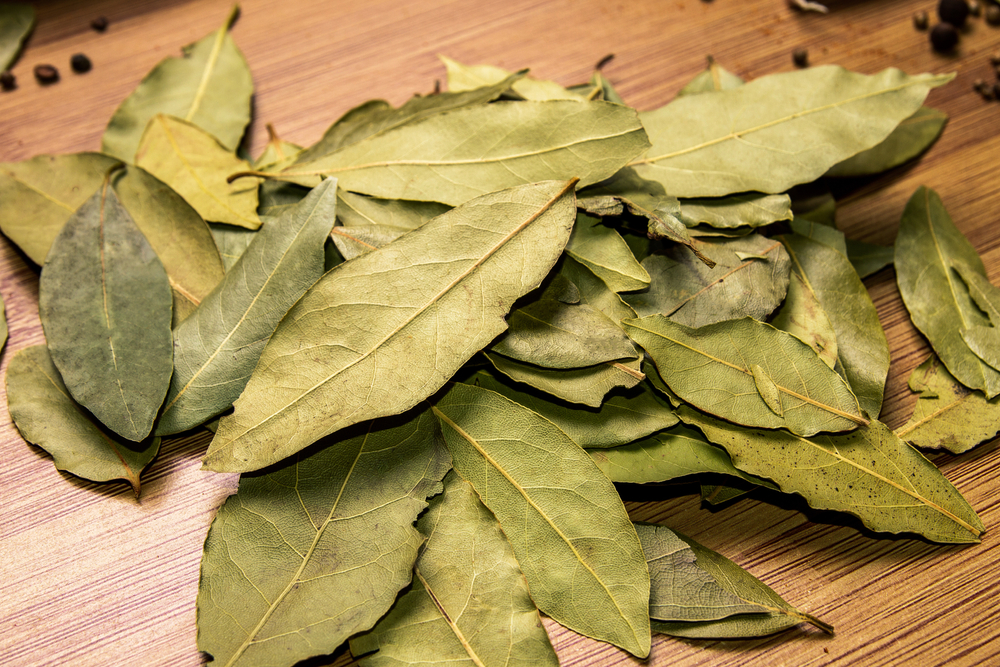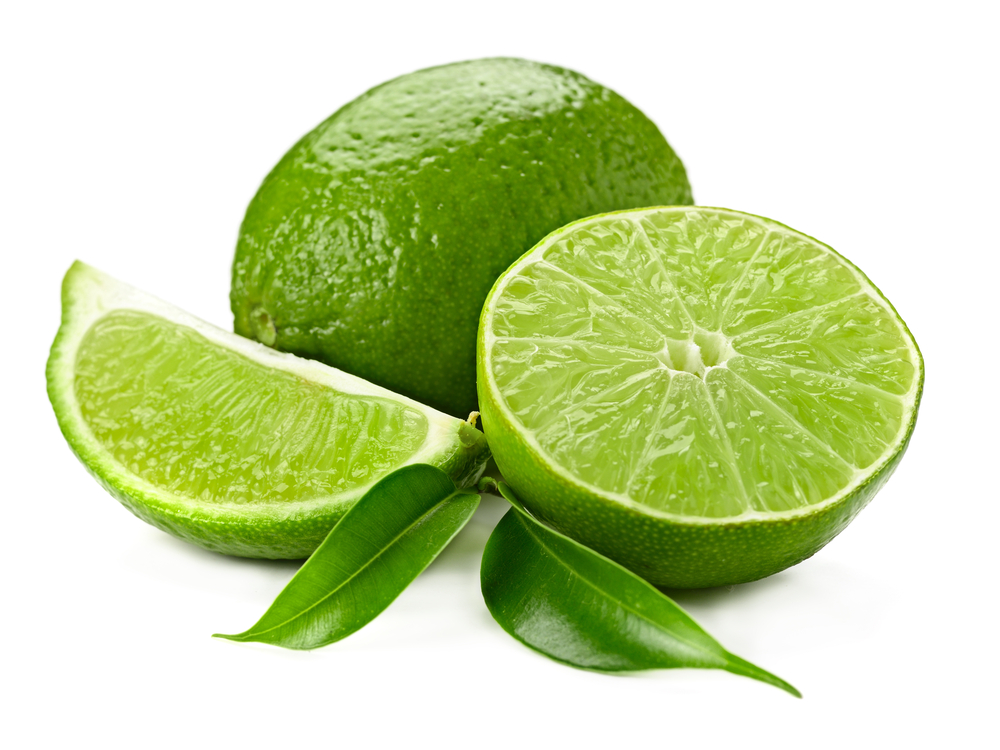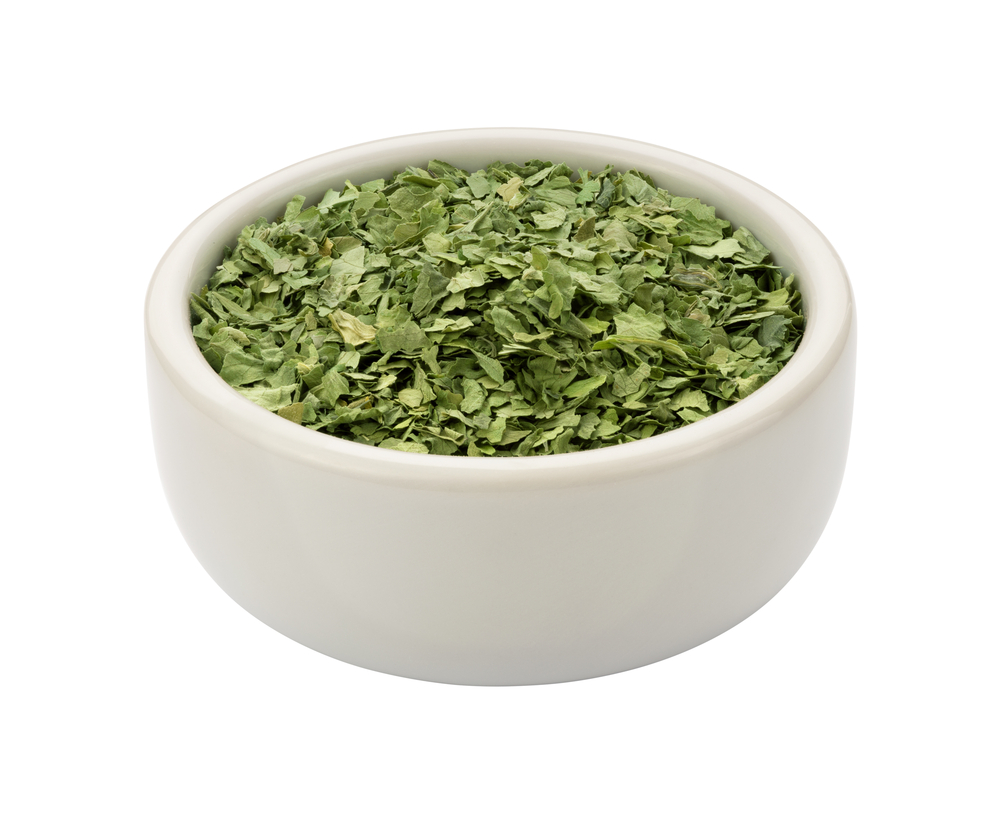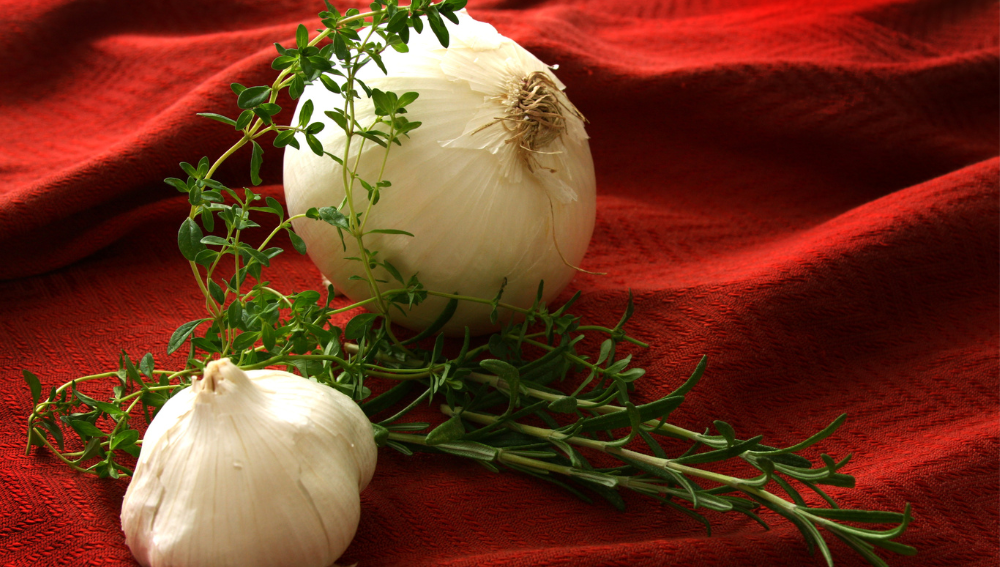I love cilantro. I love the way it tastes, and I love the way it smells. But not everyone feels the same way. In fact, cilantro is one of the most polarizing herbs out there.
Some people think it tastes fresh and citrusy, while others think it tastes like soap. So, what does cilantro taste like?
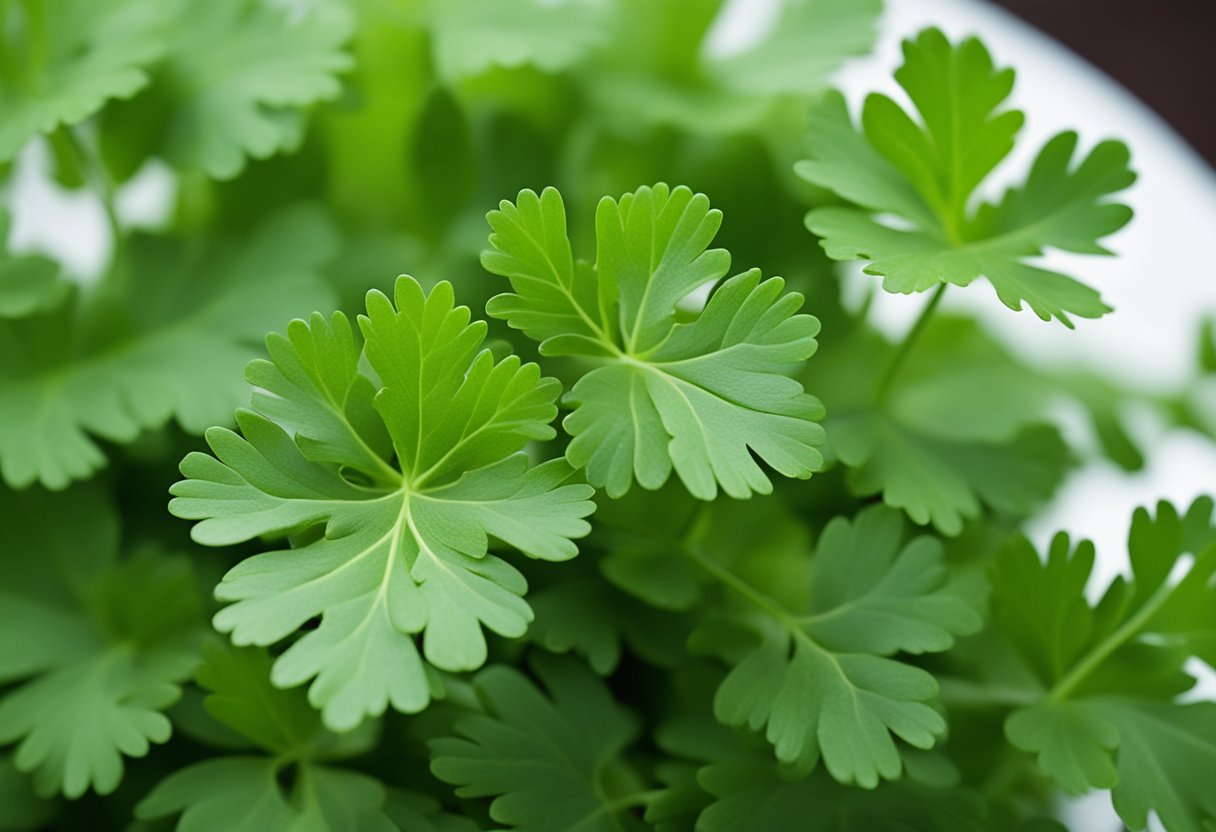
Understanding cilantro is the first step in answering this question. Cilantro is an herb that is commonly used in cooking around the world. It is also known as coriander in some parts of the world.
The leaves of the cilantro plant are used in cooking, while the seeds are used as a spice. Cilantro has a unique taste that is hard to describe.
Key Takeaways
- Cilantro is a polarizing herb that has a unique taste that is hard to describe.
- The taste of cilantro can be influenced by genetics.
- Cilantro is commonly used in cooking around the world and has many health benefits.
Understanding Cilantro
Cilantro is an herb that is commonly used in cooking, particularly in Mexican and Asian cuisine. It is also known as coriander or coriander leaves and comes from the Coriandrum sativum plant.
The plant produces both cilantro leaves and coriander seeds, which have different flavors.
Cilantro leaves are pungent and have a citrusy, slightly sweet flavor. Some people find the taste of cilantro refreshing, while others find it soapy or unpleasant.
The reason for this difference in taste perception is genetic. Studies have shown that people who find cilantro to taste like soap have a specific gene called OR6A2, which makes them more sensitive to certain compounds found in cilantro, such as decenal.
Despite its divisive taste, cilantro is a versatile herb that can be used in a variety of dishes. It is often used as a garnish for soups, stews, and salads, or chopped up and added to salsa, guacamole, and other dips.
Cilantro can also be used as a flavoring for marinades, sauces, and curries.
When using cilantro, it is important to use it fresh, as the flavor can quickly diminish when it is dried. To store cilantro, rinse the leaves in cold water and pat them dry with a paper towel.
Then, wrap the leaves in a damp paper towel and store them in a plastic bag in the refrigerator. Cilantro can last for up to a week when stored this way.
Overall, cilantro is a flavorful and versatile herb that can be used to add a fresh, citrusy taste to a variety of dishes. While some people may find its taste unpleasant, others enjoy its unique flavor.
The Unique Taste of Cilantro
As someone who has cooked with cilantro many times, I can confidently say that it is one of the most unique and flavorful herbs out there. Cilantro has a distinct taste that can be difficult to describe, but it is often described as fresh, citrusy, and slightly spicy.
One of the most interesting things about cilantro is that it is a very polarizing herb. Some people absolutely love it, while others can’t stand it. This is because cilantro contains a compound called aldehydes, which can taste soapy to some people.
If you are one of those people who thinks cilantro tastes like soap, unfortunately, there’s not much you can do about it since it’s a genetic trait.
For those who enjoy cilantro, it can add a bright and refreshing flavor to dishes. The citrusy notes in cilantro make it a great addition to Mexican and other Latin American dishes, such as guacamole, salsa, and tacos.
It can also be used to add flavor to soups, sandwiches, chili, rice, roasted vegetables, stir fry, and more.
When cooking with cilantro, it’s important to remember that a little goes a long way. Too much cilantro can overpower a dish and make it taste bitter. It’s best to start with a small amount and add more as needed.
In summary, cilantro has a unique flavor that is citrusy, fresh, and slightly spicy. While some people may find it soapy, others enjoy its refreshing taste.
It is a versatile herb that can be used in a variety of dishes, but it’s important to use it in moderation to avoid overpowering the other flavors in the dish.
Genetic Influence on Cilantro Perception
As it turns out, genetics may play a significant role in how individuals perceive the taste of cilantro.
According to a study by 23andMe, two genetic markers are associated with cilantro taste aversion. These markers may explain why some people find cilantro to taste “soapy” or unpleasant.
Additionally, a genetic variant near olfactory receptor genes has been found to influence cilantro taste perception. This variant affects the ability to detect the soapy-taste in cilantro leaves.
The heritability of cilantro soapy-taste detection is low, estimated to be about 0.087, as per a study published in the Flavour Journal.
It is worth noting that this genetic quirk is usually only found in a small percentage of the population, although it varies geographically.
AncestryDNA scientists have discovered over 72,000 DNA markers associated with whether people like or dislike the taste of cilantro. Some of these markers are near two olfactory (scent) receptor genes on chromosome 11, OR10A6 and OR10A.
Overall, genetics can play a significant role in an individual’s cilantro preference or aversion. While these genetic markers may explain why some people find cilantro to taste “soapy,” it is important to note that not everyone has the same genetic makeup.
Therefore, cilantro taste perception can vary from person to person.
Cilantro in World Cuisines
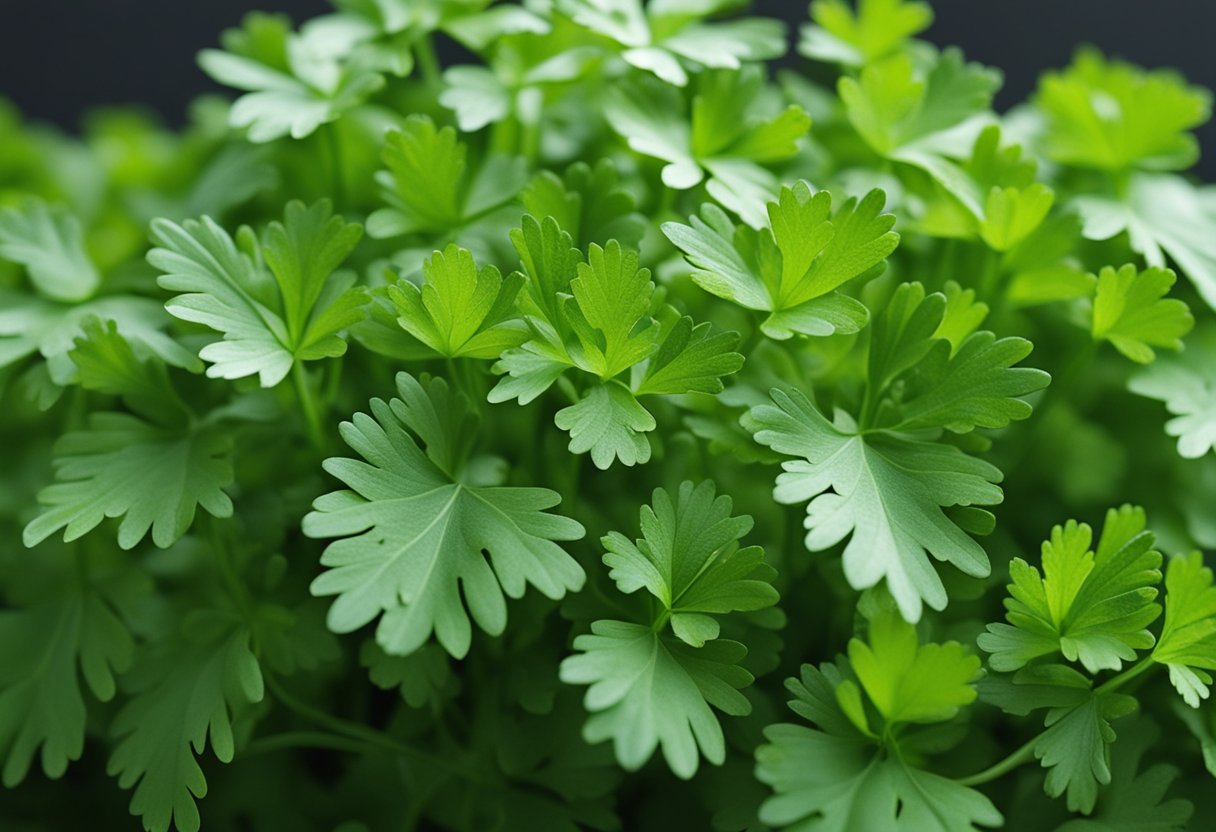
I find cilantro to be a versatile herb that is used in various world cuisines. It has a unique taste that is often described as fresh, citrusy, and slightly peppery. The herb is commonly used in Mexican, Indian, Thai, and Middle Eastern cuisines, among others.
In Mexican cuisine, cilantro is often used in salsas, guacamole, and tacos, adding a refreshing and zesty element to the dishes. It is also used as a garnish for various Mexican dishes, such as huevos rancheros.
In Indian cuisine, cilantro is often used in chutneys, marinades, and rice dishes, lending a fresh and herby flavor. It is also used as a garnish for various Indian dishes, such as biryanis.
In Thai cuisine, cilantro is used in soups, curries, and stir-fries, adding a fragrant and aromatic taste. It is also used as a garnish for various Thai dishes, such as pad thai.
In Middle Eastern cuisine, cilantro is often used in salads, dips, and as a garnish for various dishes. It pairs well with fish and is often used in fish dishes.
Cilantro is also used in Chinese and Latin American cuisines, among others. It is a versatile herb that can be used in a variety of dishes, from soups and curries to sandwiches, chili, and roasted vegetables.
Overall, cilantro is a popular herb that adds a unique flavor to various world cuisines. Its fresh and citrusy taste makes it a great addition to many dishes, and its versatility allows it to be used in a variety of ways.
The Aroma of Cilantro

I love the aroma of cilantro. It’s fresh, citrusy, and adds a unique flavor to dishes. However, not everyone shares my sentiment. Some people find the aroma of cilantro pungent or soapy.
The aroma of cilantro is largely driven by aldehydes, in particular (E)-2-alkenals and n-aldehydes. These compounds give cilantro its characteristic smell and taste.
Interestingly, some people are genetically predisposed to dislike the aroma of cilantro. For them, the aroma of cilantro can be overwhelming and unpleasant. It’s been suggested that this dislike is largely driven by the odor rather than the taste.
Despite its polarizing aroma, cilantro is a popular herb in many cuisines. Its unique flavor profile adds depth and complexity to dishes. Whether you love or hate the aroma of cilantro, there’s no denying its impact on the culinary world.
Storing and Using Cilantro
As a herb that is best used fresh, cilantro needs to be stored properly to stay fresh for as long as possible.
Here are some tips for storing and using cilantro:
- Fresh cilantro: If you have fresh cilantro, it’s best to use it as soon as possible. To store fresh cilantro, rinse it thoroughly under cold water and pat dry with paper towels. Then, wrap it loosely in a damp paper towel and place it in a plastic bag. Store the bag in the refrigerator and use the cilantro within a week.
- Dried cilantro: If you don’t have fresh cilantro, you can use dried cilantro instead. Dried cilantro has a milder flavor than fresh cilantro, but it’s still a good substitute. To use dried cilantro, simply sprinkle it over your dish and mix well.
- Freezing cilantro: If you have a lot of fresh cilantro and you can’t use it all before it goes bad, you can freeze it for later use. To freeze cilantro, rinse it thoroughly under cold water and pat dry with paper towels. Then, chop it finely and place it in an ice cube tray. Fill the tray with water and freeze. Once frozen, transfer the cilantro cubes to a freezer bag and store in the freezer for up to six months.
- Using cilantro with lemon: Cilantro pairs well with lemon, so try using them together in your dishes. For example, you can make a cilantro-lime dressing for your salad by blending cilantro, lime juice, garlic, honey, and olive oil in a food processor.
- Storing cilantro in water: Another way to store cilantro is to place it in a jar with water. To do this, rinse the cilantro thoroughly under cold water and pat dry with paper towels. Then, fill a jar with water and place the cilantro in the jar. Cover the jar with a plastic bag and store in the refrigerator.
- Preventing cilantro from wilting: To prevent cilantro from wilting, make sure to keep it away from direct sunlight and heat. Also, be sure to rinse it thoroughly under cold water before storing it.
Overall, cilantro is a versatile herb that can add a fresh and zesty flavor to your dishes. By storing and using it properly, you can make the most out of this delicious herb.
Health Benefits of Cilantro
As a nutritionist, I always recommend incorporating fresh cilantro into meals for its numerous health benefits.
Here are some of the reasons why:
Rich in Vitamins and Minerals
Cilantro is a great source of vitamins A, C, and K, as well as minerals such as calcium, potassium, and magnesium. These nutrients are essential for maintaining healthy bones, teeth, and skin.
Antioxidant Properties
Cilantro contains antioxidant compounds that help protect the body from damage caused by free radicals. These compounds may also help reduce inflammation in the body.
Regulates Blood Sugar Levels
Research has shown that cilantro may help regulate blood sugar levels. This is due to the presence of certain compounds that help increase insulin secretion and improve glucose uptake in cells.
Heart Health
Cilantro may also have a positive impact on heart health. Studies have shown that it can help reduce LDL (bad) cholesterol levels and increase HDL (good) cholesterol levels, which can lower the risk of heart disease.
Iron and Manganese
Cilantro is also a good source of iron and manganese, both of which are important for maintaining healthy blood cells and preventing anemia.
Versatile Ingredient
In addition to its health benefits, cilantro is also a versatile ingredient that can be used in a variety of dishes. It adds a fresh and bright flavor to salads, dressings, and marinades, and can also be used as a garnish for soups and stews.
Overall, incorporating fresh cilantro into your diet can provide numerous health benefits due to its nutrient content and antioxidant properties. So, don’t hesitate to add it to your meals and reap the benefits!
Cilantro in Cooking
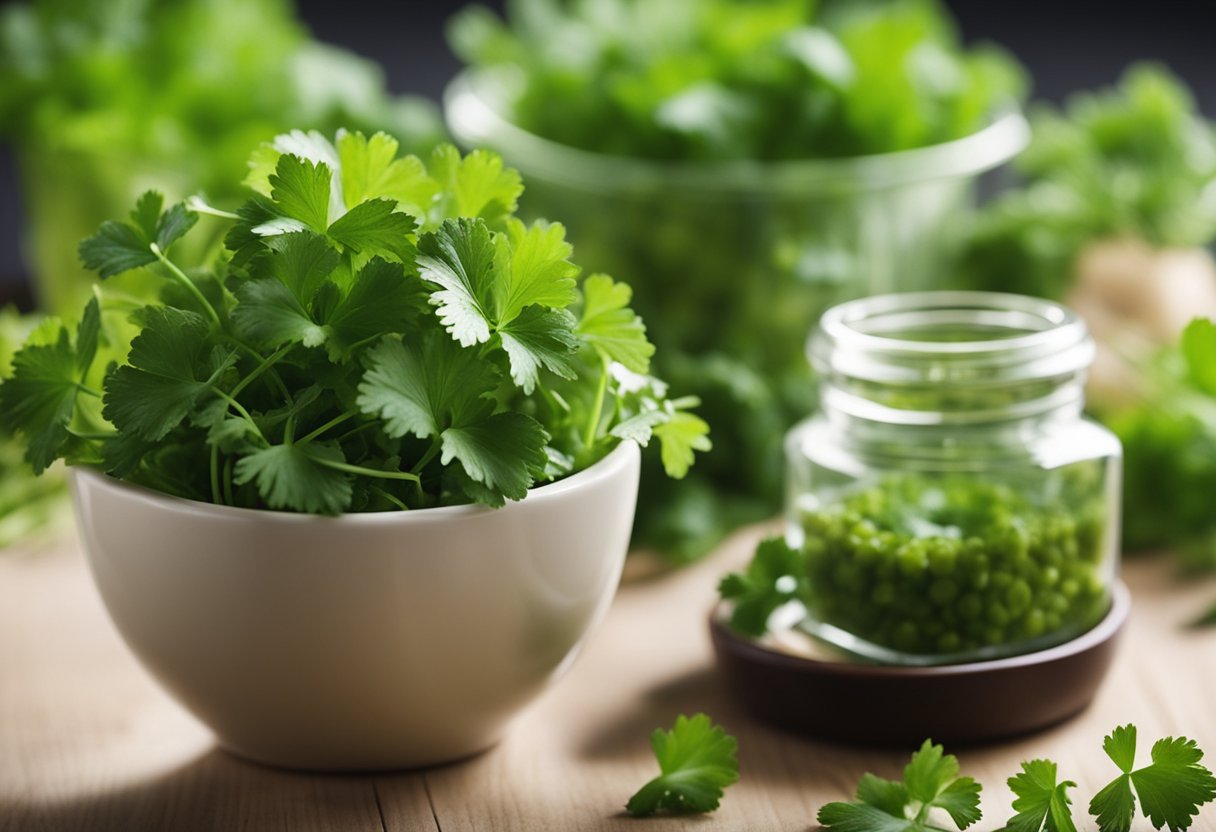
As an herb, cilantro is a versatile ingredient that can be used in a variety of dishes. It’s commonly used in East Asian cuisine, particularly in Thai and Vietnamese dishes.
Its fresh, citrusy flavor pairs well with cooked dishes, and it’s often used in pesto, dips, and marinades.
Cilantro can be used in both raw and cooked dishes. When used raw, it’s usually added as a garnish or mixed into salads. When cooked, it’s often added to soups, stews, and curries.
It pairs well with chicken and avocado, and is commonly used in Mediterranean cuisine.
The flavor of cilantro is difficult to describe, but it’s often described as tart with a slightly floral taste. Some people also taste a soapy flavor, which is a genetic trait known as “cilantro aversion.”
In addition to its culinary uses, cilantro has also been used for medicinal purposes. It’s been used to treat a variety of diseases, including digestive issues and infections.
Overall, cilantro is a versatile and flavorful herb that can add a fresh and unique taste to many dishes. Whether used in salads or cooked dishes, it’s a great addition to any kitchen.
The Polarizing Nature of Cilantro
Cilantro, also known as coriander or Chinese parsley, is a herb that has been used in cooking for centuries.
It is commonly used in Latin American, Indian, and Southeast Asian cuisine for its unique flavor and aroma. However, not everyone enjoys cilantro as much as others do. In fact, it is one of the most polarizing ingredients known.
The taste of cilantro is often described as fresh, citrusy, and fragrant. However, there is a genetic trait that makes cilantro taste like soap or ground metal shavings to some people.
This trait is called the cilantro gene and is present in about 10% of the population. Those who have this gene may find cilantro to be unpleasant and overpowering.
The polarizing nature of cilantro has been studied by scientists for many years. In a study conducted by the Monell Chemical Senses Center, researchers found that the dislike of cilantro may be related to the odor of the herb.
Olfactory receptors, which are responsible for detecting odors, may play a role in how people perceive the taste of cilantro.
Despite its polarizing nature, cilantro is still widely used in cooking. It is often added to dishes such as salsa, guacamole, and curry to add a fresh and zesty flavor.
However, for those who dislike the taste of cilantro, there are many other herbs and spices that can be used as a substitute.
In conclusion, the taste of cilantro can be described as fresh, citrusy, and fragrant to some, while others may find it to be unpleasant and overpowering.
The polarizing nature of cilantro may be related to the cilantro gene and olfactory receptors. Despite its polarizing nature, cilantro is still widely used in cooking and can be substituted with other herbs and spices for those who dislike its taste.
Frequently Asked Questions
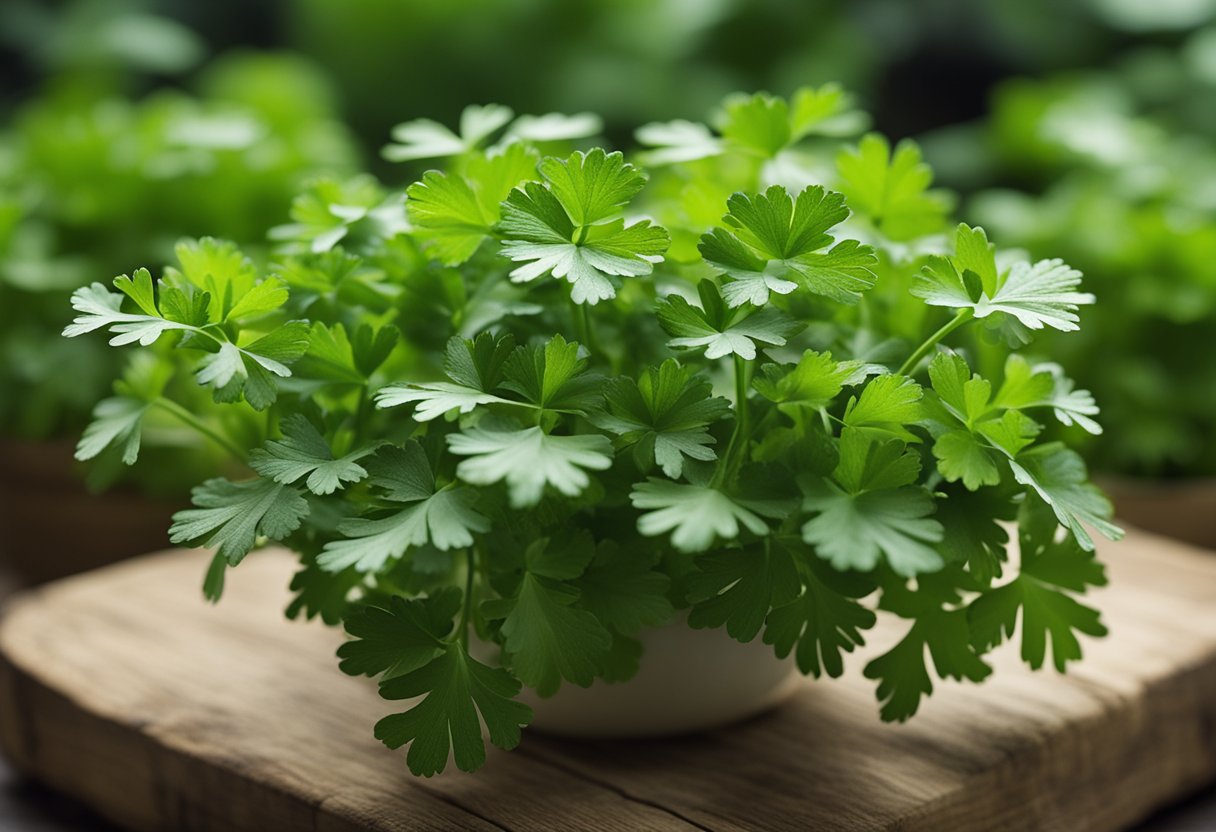
What are the genetic factors that make cilantro taste like soap to some people?
Some people have a genetic disposition that causes cilantro to taste like soap to them. This is believed to be due to a specific gene that affects their taste receptors, making cilantro taste unpleasant.
This reaction is often described as a soapy, metallic, or even rotten taste. source
What causes cilantro to taste like soap after Covid?
There is no scientific evidence to suggest that Covid-19 causes cilantro to taste like soap. However, some people who have had Covid-19 have reported changes in their sense of taste and smell. This could potentially affect how they perceive the taste of cilantro. source
How does the cilantro gene affect the taste of cilantro?
The cilantro gene affects the way that people perceive the taste of cilantro. People who have a specific variation of this gene are more likely to find cilantro unpleasant and soapy-tasting.
This gene is responsible for the production of certain enzymes that affect the way that cilantro tastes. source
Why does parsley taste like soap but not cilantro?
Parsley and cilantro are both members of the same plant family, but they have different flavor profiles. The compounds that give cilantro its flavor are not present in parsley.
However, some people may still find that parsley tastes like soap, which could be due to a genetic predisposition. source
Is there a correlation between cilantro tasting like soap and being allergic to it?
There is no known correlation between cilantro tasting like soap and being allergic to it. Some people may experience an allergic reaction to cilantro, but this is a separate issue from the genetic factors that affect how cilantro tastes. source
What other foods have aldehydes like cilantro and how do they taste?
Other foods that contain aldehydes include apples, pears, and bananas. These compounds contribute to the fresh, fruity taste of these foods. However, some people may also perceive a soapy or metallic taste in these foods, depending on their genetic makeup. source




